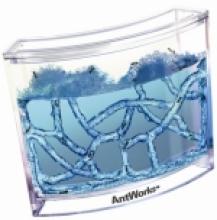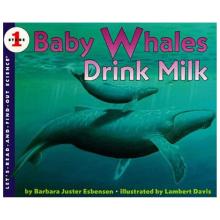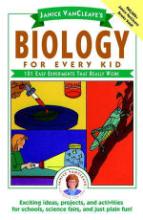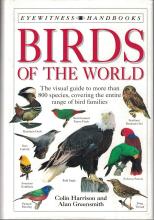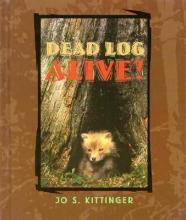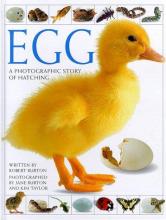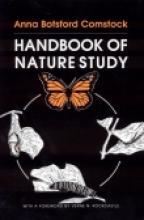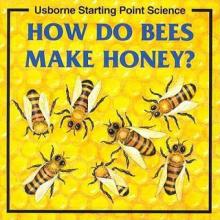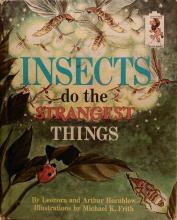Animal Life
AntWorks Ant Habitat
AntWorks was one of the highlights of our summer natural history studies! This simple kit became a quirky centerpiece on our dinner table, engaging the entire family from the 18-month-old who insists that they are "Nants" to a 40-something daddy. AntWorks comes as a thick-walled plastic home with a stable base; this became important as the little ones spent time watching the ants. We have tried the sand-filled ant farms with dismal spills that freed too many of the inhabitants. The AntWorks home is filled with a blue gel-like substance that provides both nourishment and liquid to the ants. Accompanying literature explains that this gel was developed by NASA for experiments carried out on the Space Shuttle. One of the nicest features is that this gel is translucent, allowing observers to see completely through the tunnels. An optional illuminator is a nice addition which makes an interesting night light, but we thought that it wasn't necessary.
Ants are not included with the kit. You can either catch your own or mail in the enclosed coupon. We opted for the mail-order ants, and that boosted interest in the project for our little ones who love to receive mail. Once the ants are added to their home, the only maintenance that is needed is opening the top for a few seconds a week to allow fresh air to enter. Occasionally you will need to remove a dead ant, but our industrious insects buried their fallen comrades deep in the gel in sealed chambers. It was incredible to observe! This kit, combined with a few books from the library and a couple of diagrams and coloring pages downloaded from the Internet, provided a wonderful investigation into the life of ants for our elementary school-aged students.
Science Kit, Dimensions: 6.5"L x 5.5"W x 1.25"D
Baby Whales Drink Milk
A nice picture book which introduces basic facts about whales and what they are: mammals rather than fish. Includes nice pictures (with some beautiful scenery) and informative text.
Biology for Every Kid
In its segment on "Experiments that Teach Us About Ourselves: The Amazing Human Body" this book provides 35 experiments about the body (the other segments of the book are about plant and animal life. While certainly not a comprehensive anatomy course, the book does provide interesting and simple experiments (which can easily performed at home with fairly ordinary materials) that would provide a helpful supplement to the study of anatomy.
Approximately one third of this book is devoted to "Experiments for the Beginning Biologist: The World of Plants." In the typical Van Cleave style, this segment provides 35 experiments relating to plant life that are simple and informative (and can easily be done in the home). Most experiments are designed to demonstrate certain properties of plant life (such as osmosis and diffusion, what causes plant stems to wilt, what makes plants burst when over-watered, and how water is transported through plant stems). Other experiments determine certain questions such as how plants take in nutrients and whether it matters which direction seeds face when they are planted. Each experiments concludes with an explanation as to the "why" of the results. I find these simple but very helpful (even for moms!).
Another third or so of this book is devoted to "Experiments in the Animal Kingdom: Introductory Zoology." In the Van Cleave style, this segment provides simple experiments (easily performed at home) involving molds, fungi, mini-organisms, yeast, fireflies, butterflies and moths, spiderwebs, crickets, grasshoppers, flies, goldfish and earthworms. In addition to experiments involving observation and/or manipulation of these small creatures, you will find experiments which "illustrate" properties of creatures (such as a camouflage and suction) without actually working with animals.
Birds of the World
This is my favorite of the Dorling Kindersley Eyewitness Handbooks and I would venture to guess that it's probably the best bird handbook you can find. Hundreds of birds, from doves and swallows, to hawks and falcons and tropical birds are included with clear photos, a small map of where they can be found, an icon showing how large they are in comparison to the book, and other basic information about their habitat, migration, etc. Our family has used this guide extensively in identifying and learning more about the substantial variety of birds we find in our own backyard. It's also interesting to see pictures of the sorts of birds we probably won't see in our backyard, such as penguins, turkeys, and eagles. The information appears to be limited to facts about different species of birds, rather than getting into more theoretical and philosophical (not to mention controversial) areas such as evolution and the environment.
Dead Log Alive!
This book provides an interesting and detailed look at what comes to live in and around a dead log – woodpeckers, squirrels, mushrooms, fungi, moss, molds, porcupines, foxes, snakes, scorpions, millipedes, centipedes, pill bugs, salamanders, ants, termites, and beetles. Includes many interesting color photos and details about each species, how to tell them apart and much more. The book also includes an index, a glossary and suggestions for further reading.
Egg: A Photographic Story of Hatching
When you think of eggs hatching, do you tend to think of birds and chicks? Think again! Reptiles, fish and insects can hatch from eggs as well. This book provides the photo stories of the hatching of 27 different animals including Ostrich, Moorhen, Japanese Quail, Starling, Leopard Tortoise, Cornsnake, Leopard Gecko, Ladybug, Common Frog, Great Crested Newt, Goldfish and Kerry Slug. Each hatching includes numerous photos with detailed descriptions of the process and how long it takes. A final photo generally shows the creature a day or two later.
The introductory pages provide comments and illustrations on "What is an Egg?", "Who Has Eggs?", and "The Developing Egg" (with drawings of the development of a baby chick within its egg).
Handbook of Nature Study
This is a very informative handbook on a large portion of nature, originally written for elementary school teachers. It covers wildlife, insects, farm animals, birds, fish, trees, flowers, weeds, vegetables, rocks, minerals, soil, climate, weather, magnets, the sun, moon, planets of our solar system and much more. According to the 1986 foreword, most of the living things described are common in the northeastern states of the U.S. but it covers a lot of material that would be helpful in other parts of the country as well. I've hardly begun to use this resource, but it looks like an excellent reference for all of those questions children want to know about the world around them. It can also be used as a teaching tool and studied more systematically as there are simple lessons designed to be used with children included with each subject. As the lessons are designed to work with real observation of the plants, they are particularly appropriate for a home school. The book is profusely illustrated with black and white photos. I would guess that there's an average of two photos per page. The language is a little archaic and some of the words would be a little difficult for younger children.
Copyrights 1911/1939
How Do Bees Make Honey?
A small, inexpensive book filled with pictures and lots of other information picture about bees and other insects. You'll learn how to tell bees apart from other insects, how bees live together in colonies and all about their beehives, how bees communicate with each other (my children have really enjoyed trying to re-enact the bee's dances) and of course how bees make honey. The one thing I didn't like is that the material is so disjointed because it jumps around between different kinds of insects.
Insects do the Strangest Things
Interesting and informative stories of the strange but fascinating behavior of various types of insects. The pictures are of the somewhat cheezy 60s variety, but the text is quite good and written at approximately a second grade level.

